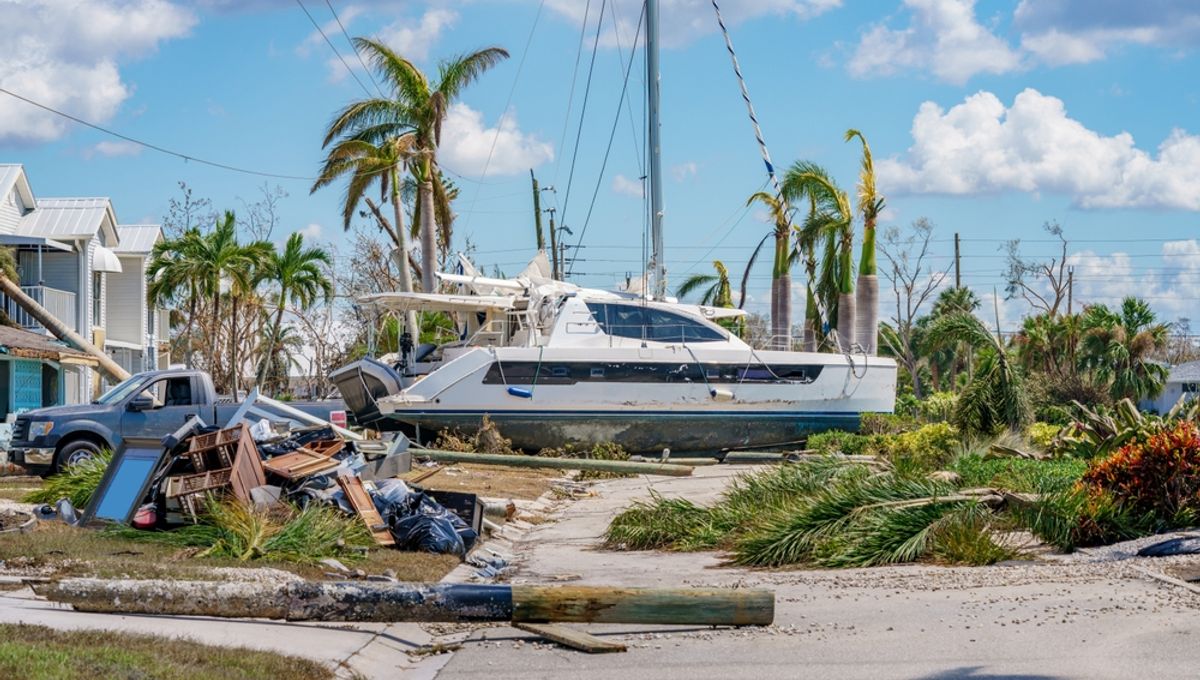
An increase in flesh-eating bacterial infection has been reported in Florida amid the fallout of Hurricane Ian which tore through the state late last month, resulting in over 100 deaths and a hell of a mess to clean up.
The Florida Department of Health reports 65 cases of Vibrio vulnificus infection and 11 deaths in the state this year as of Friday, October 14, up from 34 cases and 10 deaths reported statewide in the whole of 2021.
Up to 29 of the cases and four fatalities were seen in Lee County, which experienced catastrophic impacts from Ian, particularly due to storm surge.
V. vulnificus is a bacterium that usually lives in warm, brackish seawater. In the last week of September 2022, Hurricane Ian struck Florida causing sewage water to mix with the coastal water, increasing levels of this naturally occurring bacteria. The flood waters also meant that more people were wading through the water and coming into contact with the pathogen.
V. vulnificus can infect the body by entering through an open wound, cut, or scratch. There are even cases of people falling sick with the infection after swimming in the sea with a freshly inked tattoo. Once the bacteria have entered the body, it results in an extremely nasty infection that can cause necrotizing fasciitis where the flesh is effectively “eaten” away by the bacteria.
The bacteria can invade the bloodstream, causing a severe life-threatening illness with symptoms like fever, chills, dangerously low blood pressure, and blistering skin lesions. There is also the problem of seafood contaminated with the bacterium, which can lead to watery diarrhea, stomach cramping, nausea, vomiting, and fever.
Many people with the infection require intensive care or limb amputations and it can prove fatal in about 1 in 5 cases, according to the CDC. The disease can strike quickly with fatalities often occurring in just a couple of days. Although considered rare, it causes an estimated 80,000 illnesses and 100 deaths in the US each year
V. vulnificus is often reported in the Gulf of Mexico, especially around this part of the Southeast US. It’s notable that the number of cases has increased by 41 percent between 1996 and 2005. This has been blamed on the increasing salinity gradients of the water, as well as increased water temperatures caused by climate change.
With global temperatures set to increase further, many are also anticipating an increase in V. vulnificus cases. Paired with this, the climate crisis is also set to make hurricanes more intense, more likely to linger over land, and all the more devastating.
Source Link: Florida's "Flesh-Eating Bacteria" Infections Surge In Wake Of Hurricane Ian